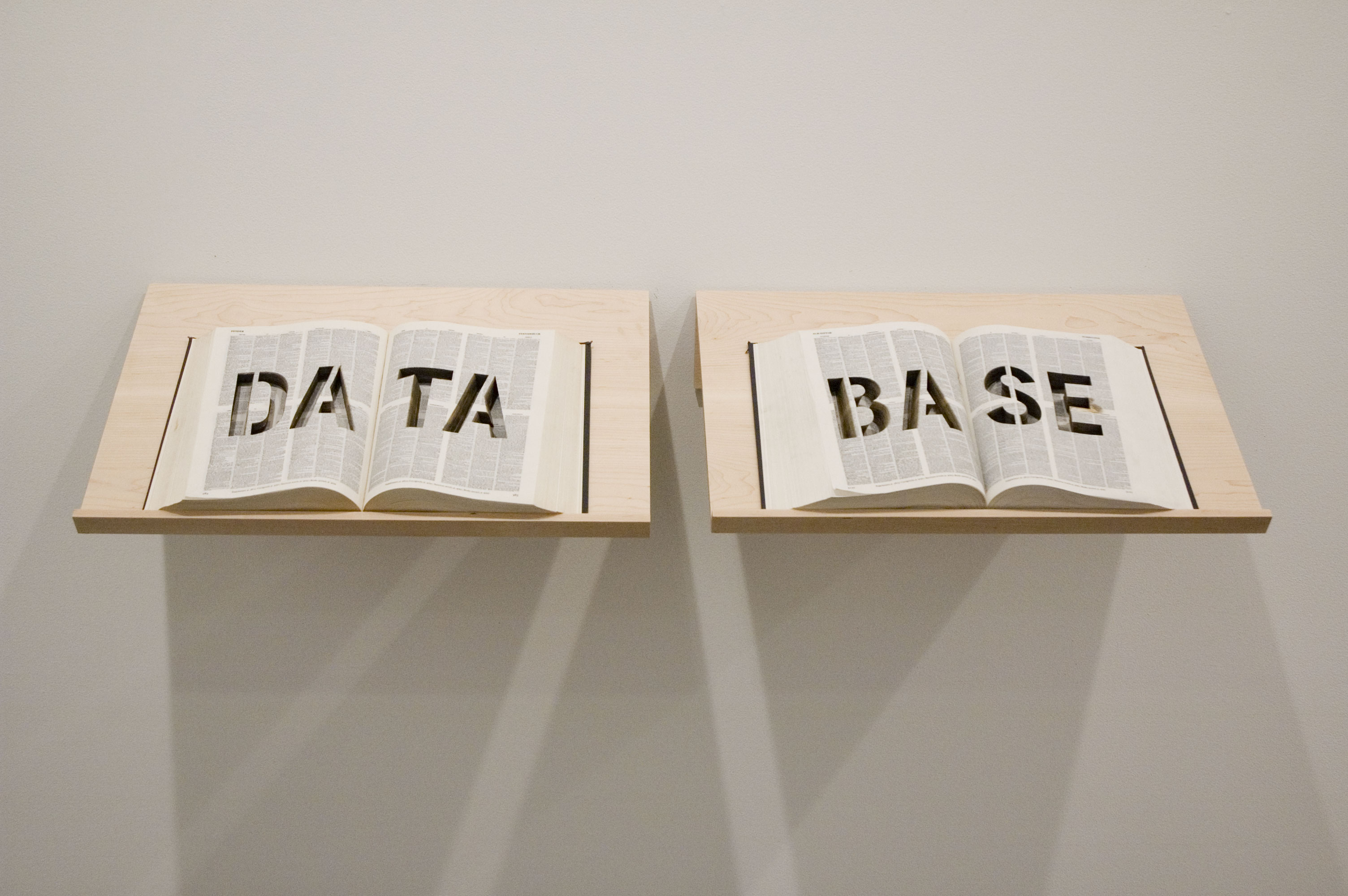It's known that IT applications require data. data should be of high quality, accurate, complete, timely, accessible, relevant, and concise. It's obviously, however, that the process of acquiring, keeping, and managing data is becoming increasingly difficult.
Difficulties in Managing Data:
- Amount of data increases exponentially.
- Data are scattered and collected by many individuals using various methods and devices.
- Data come from many sources.
- Data security, quality and integrity are critical.
Database Approach
Database management system (DBMS): provides all users with access to all the data.
DBMSs minimize the following problems:
- Data redundancy: The same data are stored in many places.
- Data isolation: Applications cannot access data associated with other applications.
- Data inconsistency: Various copies of the data do not agree.
DBMSs maximize the following issues:
- Data security: keeping the organization’s data safe from theft, modification,
and/or destruction.
- Data integrity: data must meet constraints (e.g., student grade point averages
cannot be negative).
- Data independence: applications and data are independent of one another.
Data Hierarchy:
- bit is a binary digit, or a “0” or a “1”.
- byte is eight bits and represents a single character (e.g., a letter, number or symbol).
- field is a group of logically related characters (e.g., a word, small group of words,
or identification number).
- record is a group of logically related fields (e.g., student in a university database).
- file is a group of logically related records.
- database is a group of logically related files.
Designing the Database:
Thedata model is a diagram that represents the entities in the database and their relationships.
Anentity is a person, place, thing, or event about which information is maintained.
A record generally describes an entity.
Anattribute is a particular characteristic or quality of a particular entity.
Theprimary key is a field that uniquely identifies a record.
Secondary keys are other field that have some identifying information but typically do not
identify the file with complete accuracy.
Entity-Relationship Modeling:
Database designers plan the database design in a process called entity-relationship (ER) modeling.
ER diagrams consists of entities, attributes and relationships.
Entity classes: groups of entities of a certain type.
Instance: the representation of a particular entity.
Identifiers: attributes that are unique to that entity instance.
Database Management System: set of programs that provide users with tools to add, delete, access, and analyze data stored in one location.
The relational database model is based on the concept of two-dimensional tables.
Structured query language (SQL): allows users to perform complicated searches by using relatively simple statements or keywords.
Query by example (QBE): allows users to fill out a grid or template to construct a sample or description of the data he or she wants.
Normalization: is a method for analyzing and reducing a relational database to its most streamlined form for:
- Minimum redundancy
- Maximum data integrity
- Best processing performance
Normalized data is when attributes in the table depend only on the primary key.






ليست هناك تعليقات:
إرسال تعليق